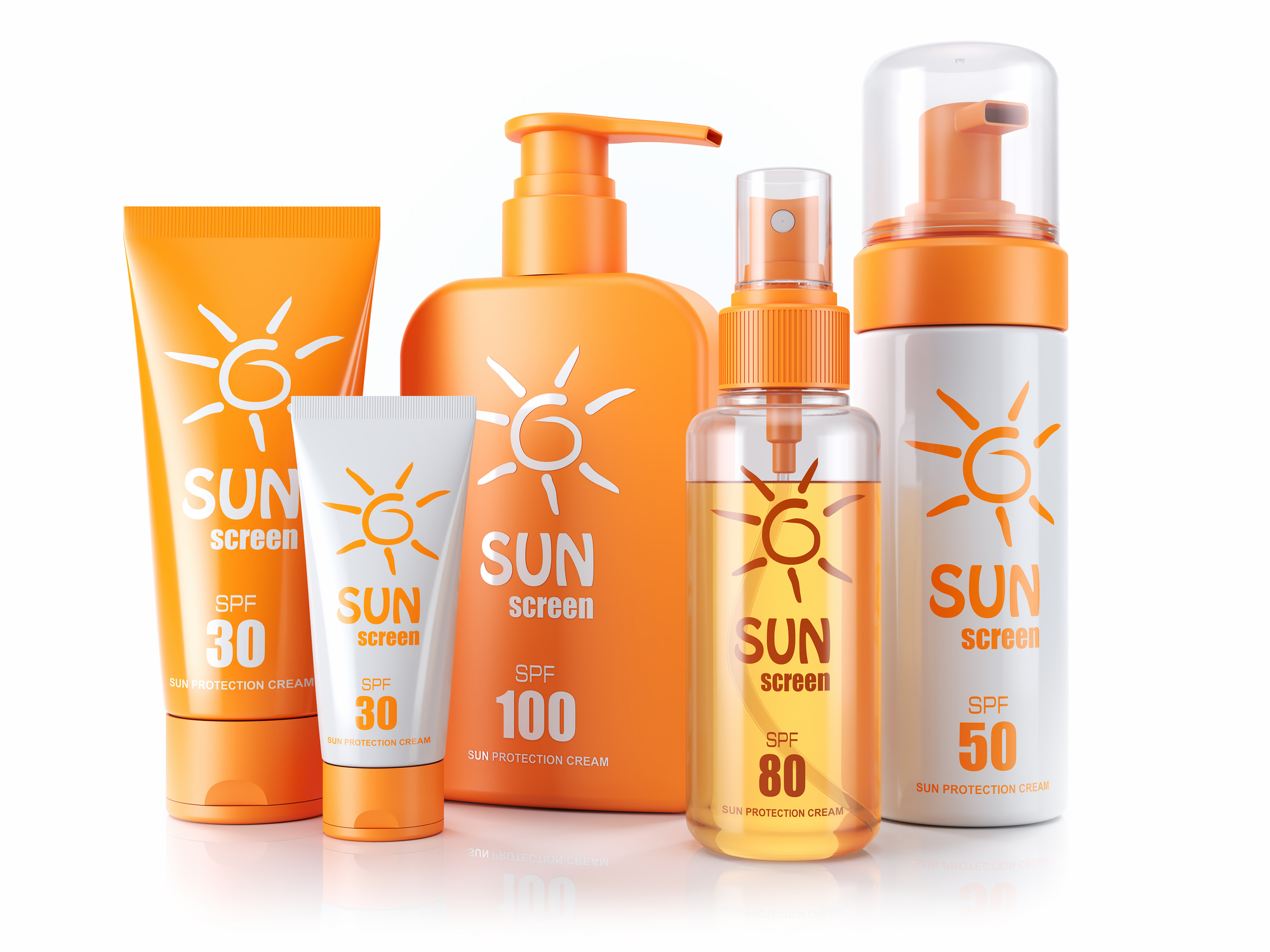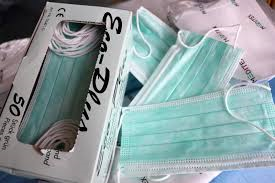
How to protect your skin from the sun’s harmful rays
It is probably not a surprise to anyone that the first and foremost way to protect your skin from the sun’s harmful rays is to use sunscreen. Yet, most of us forget to apply it, especially on cloudy days or during the winter months.
The American Cancer Association uses a catchphrase, “Slip! Slop! Slap! and Wrap! ®” that can help you remember some of the key steps you can take to protect yourself from UV rays:
• Slip on a shirt
• Slop on sunscreen
• Slap on a hat
• Wrap on sunglasses to protect the eyes and skin around them
Sun Protection Tips
- Use sunscreen every day, even if it is cloudy and/or winter.
- Apply sunscreen to all areas that will be exposed to the sun at least 15 to 30 minutes before going outside.
- Choose a broad-spectrum sunscreen that protects against both UVA and UVB radiation. Make sure it is water resistant and has a SPF of 30 or higher.
Some makeup and lip balms contain several chemicals used in sunscreens. If they do not have at least SPF 15, don’t use them by themselves.
- Check the sunscreen’s expiration date. Sunscreen without an expiration date has a shelf life of no more than three years, but its shelf life is shorter if it has been exposed to high temperatures.
- Remember to use a lip balm or lipstick that contains sunscreen with a sun protection factor (SPF) of at least 30.
- It is important to reapply sunscreen every two hours; every hour is you are swimming or sweating.
- Water and sand are surfaces that reflect the damaging rays of the sun, which can increase your chance of getting a sunburn.
- Babies younger than 6 months old should be completely covered and kept in the shade.
- The sun’s rays are the most intense between the hours of 10:00 a.m. and 4:00 p.m.
Do you know about the shadow rule? If your shadow is shorter than you, the sun’s rays are at their strongest, and you should find shade.
- Whenever possible, wear a long-sleeved shirt and long pants; for additional protection, look for clothing made with special sun-protective materials and wear rash guard shirts while swimming.
- A hat that shades your face, neck, ears and protect the top of your head will offer added protection.
- Sunglasses with a 99% to 100% UV absorption provide optimal protection for the eyes and surrounding skin.
- If you are taking medications such as certain antibiotics, anti-inflammatories, antifungals, blood pressure medications, and chemotherapies you need to be more cautious.
Overexposure to the sun’s dangerous ultraviolet (UV) light can lead to wrinkles, brown spots, leathery skin and skin cancer and precancers like actinic keratoses (AKs). Since the sun damage accumulates over time, it is never too late to start a sun protection regimen.
Is Sunscreen Safe for the Environment?
With increasing awareness regarding the risks of sunburn, photoaging and skin cancer the use of sunscreens has increased. There are studies that are showing some sunscreens can cause damage to the environment due to the ingredients. Dermatologists will continue to emphasize the public health impact of excessive sun exposure and advise patients about proper protection practices, which include applying the appropriate sunscreens.
While there is emerging evidence that chemical sunscreen ingredients could enter the water supply and affect marine life, more research is needed to draw conclusive results. However, if you are concerned about the potential environmental effects of UV chemicals used in sunscreens, environmentally friendly sunscreens are becoming easier to find. Rub-in sunscreens (not sprays) with active ingredients like zinc oxide or titanium oxide, both biodegradable, are best. Some sunscreens that say they are “reef-friendly” however still contain oxybenzone. The best rule-of-thumb is to read the ingredient list to make sure oxybenzone is not listed.
Some nature reserves and resorts are banning certain types of sunscreens. So, if you are planning a vacation, make sure you check the ingredients of your sunscreen.
Sources:
https://www.cancer.net/blog/2015-07/10-tips-protecting-your-skin-sun
https://www.cdc.gov/cancer/skin/basic_info/sun-safety.htm
https://www.cancer.org/cancer/skin-cancer/prevention-and-early-detection/uv-protection.html
https://www.ncbi.nlm.nih.gov/pubmed/29981751
https://www.the-dermatologist.com/news/sunscreen-harmful-environment
https://www.smartertravel.com/what-sunscreen-does-to-the-environment/



